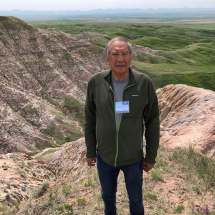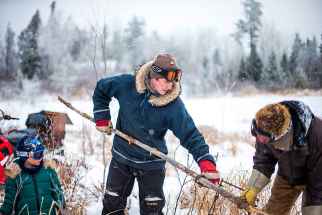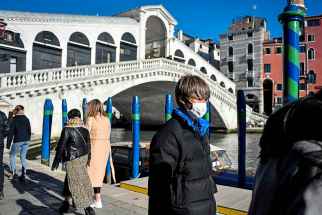Where the wild things are Animal trapping knowledge passed from generation to generation keeps animal population healthy in family's corner of the Whiteshell
Read this article for free:
or
Already have an account? Log in here »
To continue reading, please subscribe:
Monthly Digital Subscription
$0 for the first 4 weeks*
- Enjoy unlimited reading on winnipegfreepress.com
- Read the E-Edition, our digital replica newspaper
- Access News Break, our award-winning app
- Play interactive puzzles
*No charge for 4 weeks then price increases to the regular rate of $19.00 plus GST every four weeks. Offer available to new and qualified returning subscribers only. Cancel any time.
Monthly Digital Subscription
$4.75/week*
- Enjoy unlimited reading on winnipegfreepress.com
- Read the E-Edition, our digital replica newspaper
- Access News Break, our award-winning app
- Play interactive puzzles
*Billed as $19 plus GST every four weeks. Cancel any time.
To continue reading, please subscribe:
Add Free Press access to your Brandon Sun subscription for only an additional
$1 for the first 4 weeks*
*Your next subscription payment will increase by $1.00 and you will be charged $16.99 plus GST for four weeks. After four weeks, your payment will increase to $23.99 plus GST every four weeks.
Read unlimited articles for free today:
or
Already have an account? Log in here »
Hey there, time traveller!
This article was published 28/02/2020 (2121 days ago), so information in it may no longer be current.
Snow falls softly over a muted landscape of boreal forest, rock ridges, spruce swamps and beaver ponds. This 60-square-kilometre area of land in the southwest corner of Whiteshell Provincial Park is the Imrie family trapline; they are designated to trap and manage the populations of fur-bearing animals.
Right now, three generations of Imries — Murray, 72, Devin, 36, and five-year-old Thomas — are gathered at a beaver house. Devin thumps a 1.5-metre-long ice chisel onto the surface of the pond, looking for the entrance of the lodge (the movement of the beavers swimming back and forth below weakens the surface). Thomas climbs onto the pile of sticks and brush with his grandpa, and the two dig through the snow to find the breathing hole. Hot air and a thick, musky smell means that the beavers are active here this winter.
The scene could have taken place a century earlier. Other than the snowmobiles parked nearby, the process hasn’t changed much over the years. Devin cuts a hole in the ice, chops down a long, thin tree to serve as a pole for holding the traps under the water, and then gets to work setting them. They are wire “conibear” style traps, orange with rust after many seasons of use, designed to snap around the animals’ neck or body, killing them instantly.

Murray explains the beavers have already eaten all of the poplar in the area, which is their preferred food source, and have moved onto birch and spruce. If the going gets really rough, the rodents might even resort to eating cattail tubers to make it through the winter. A twig of poplar, scratched to simulate tooth marks, is stuck into the trap as bait. “We’re going to have a beaver probably in less than two days,” crows Thomas.
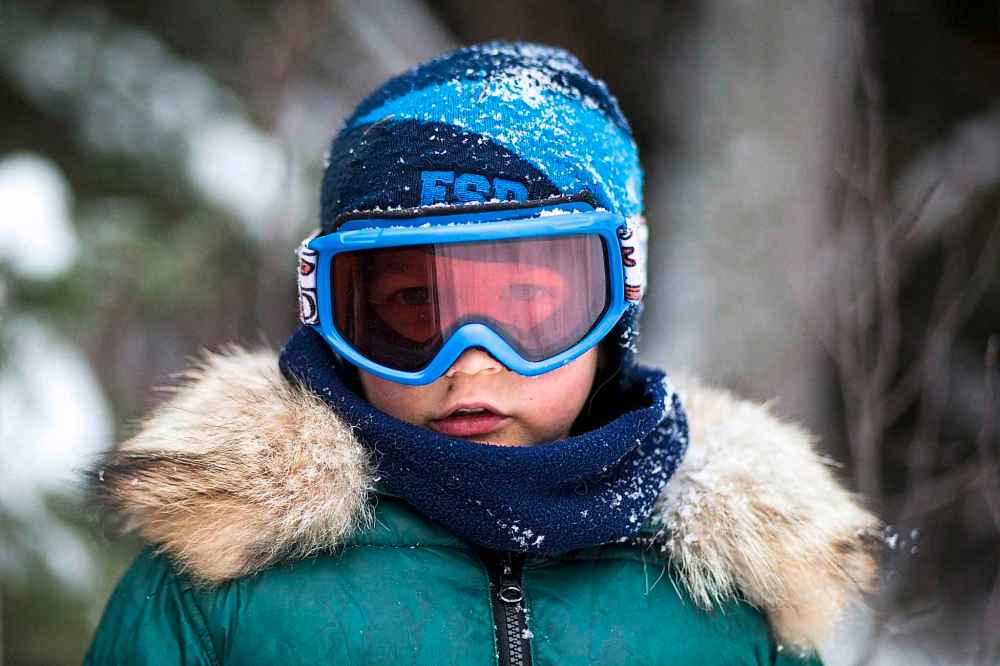
Devin counters, saying that it might happen within hours, considering how hungry the beavers seem to be.
“You might even be close enough to hear the snap,” Thomas replies.
Devin explains the need for what they’re doing.
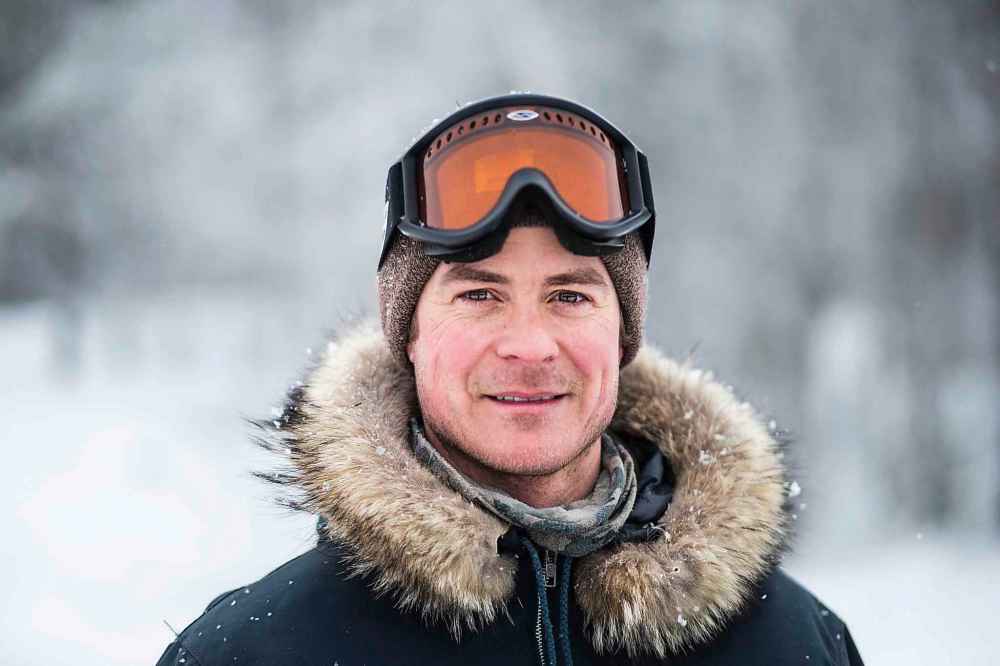
“If trappers stopped trapping beavers in these areas, within a year or two suddenly we’re swamped with complaints from cottagers, because there’s beavers cutting trees in their yard and building houses under their docks and then the taxpayer pays for it because they’re damming up highways and undermining roads,” he says.
“So by utilizing these animals in a sustainable way, you can actually provide a lot of other benefits that people don’t even realize. Most people don’t even realize that trapping is going on in these areas, even though they’re benefiting from it because the wildlife is being managed in some way.”
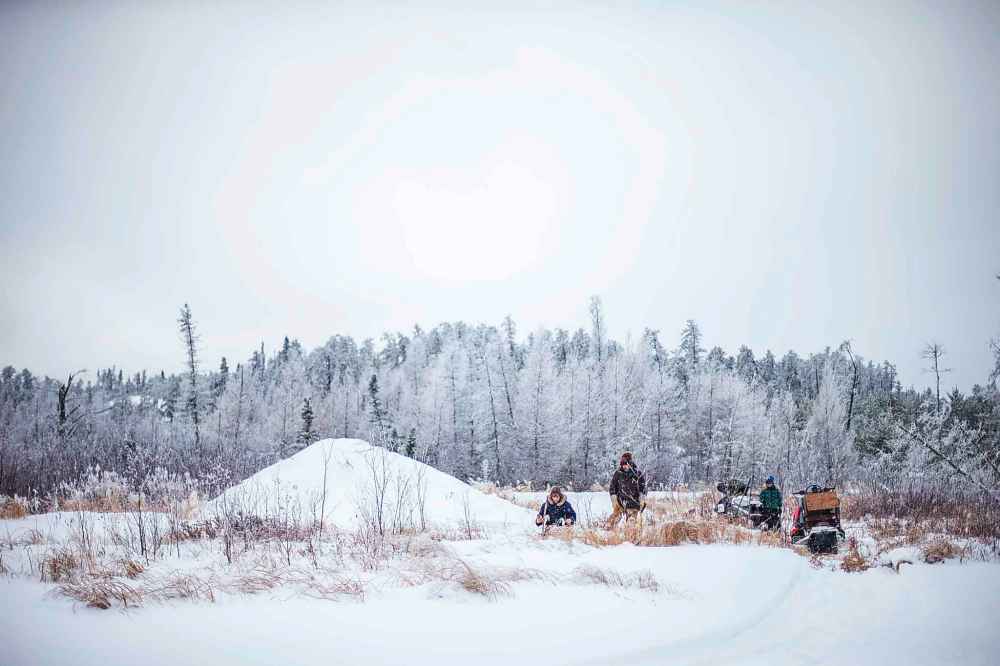
When animal populations are healthy, they reproduce in excess; trapping aims to harvest that overpopulation. In theory, flattening off the boom of the cycle helps prevent extreme busts, which stabilizes the population and provides trappers with a sustainable source of fur. In any case, the relationship between trappers and the land they use runs deep.
“It’s trappers that are out there on the land day after day, and also year after year, so there’s a continuity in knowledge there,” Devin says.
The Imries trap about 30 to 40 animals a season — roughly 15 marten, 15 to 20 beavers and handful of other animals such as fox, otter and fisher. They trap from November to mid-February for most land animals and between October to May for beaver, as set out by provincial regulations.

While walking down forest trails to check traps, Thomas is always on the lookout for tracks. Even at the age of five, he identifies the rabbits, marten, grouse and wolves from the little divots left in the snow.
“The woods tell a story with the tracks,” Murray says. “Even my grandson now, with the tracks, he is excited because he’s interpreting his whole trip, and he understands what’s been there before him, what was there last night, and what was there last week, and where it went and maybe what it was trying to do, and so the whole trip is just a big story.

“It’s reading the forest, is what it is. It’s a skill that unless you’re with a trapper, most people just don’t do that.”
For the Imries, it’s about maintaining that connection to the land that they love through the generations. “You develop a passion for the outdoors, and for respecting and understanding wildlife, (and) that’s really special,” Devin says.
“In a way, it’s not a big money-maker, but it’s a lifestyle,” Murray says. “The more people that get out in nature and appreciate it as it is, the better it’s going to be for everyone in the long run.”
mikaela.mackenzie@freepress.mb.ca



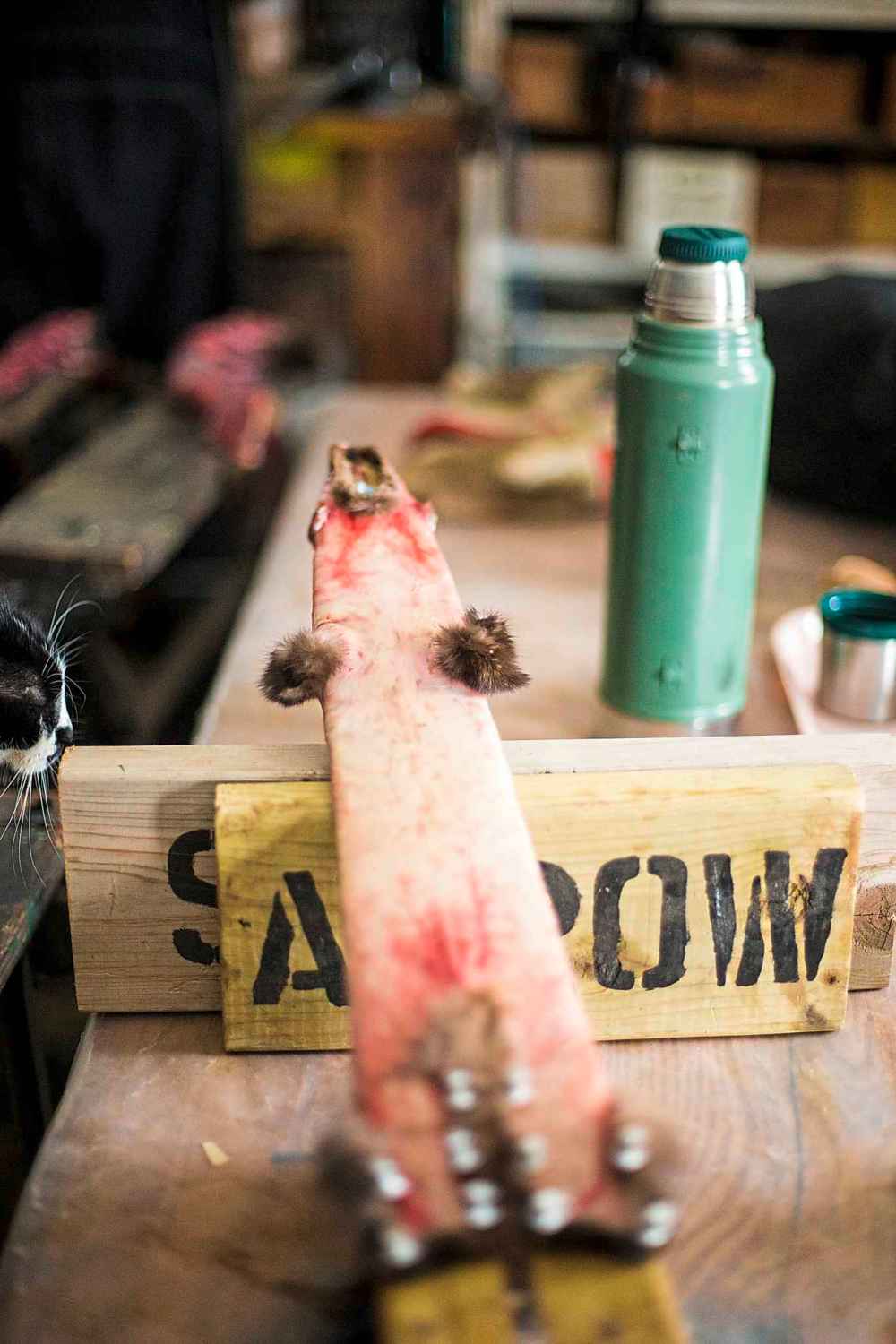
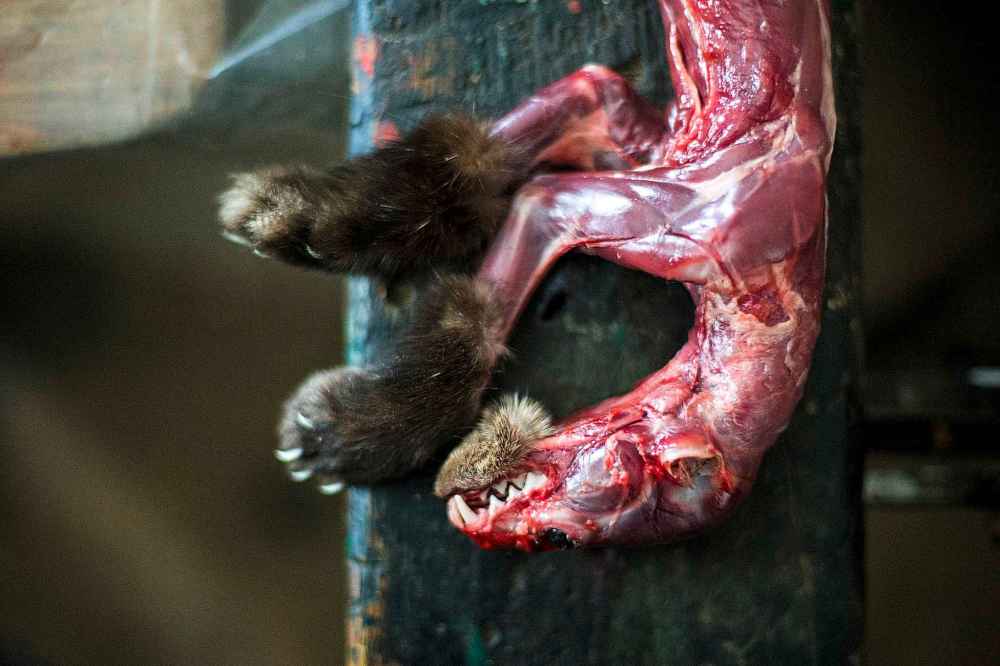


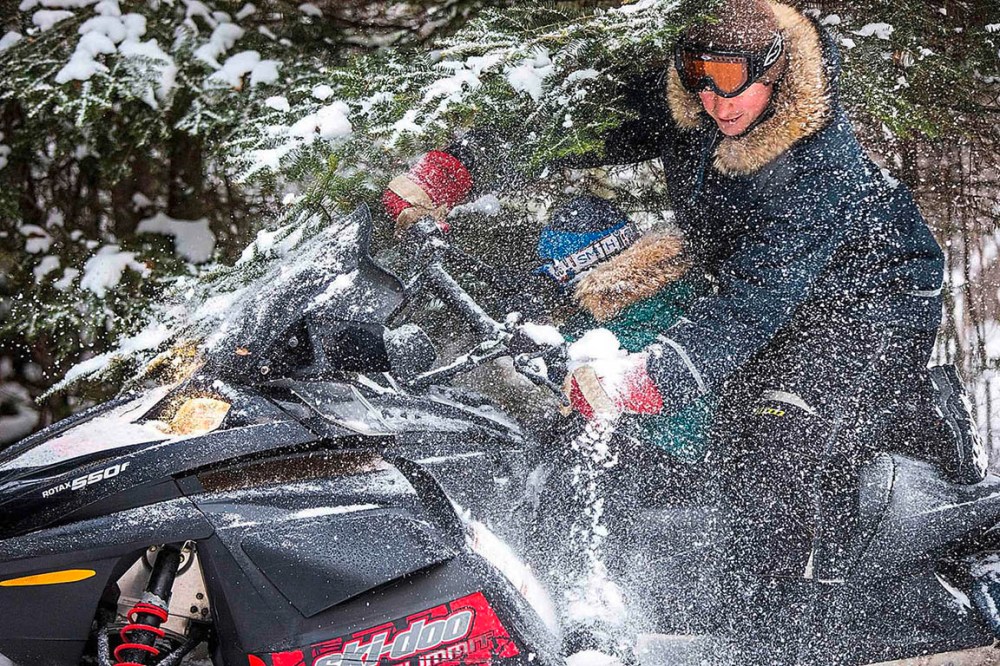

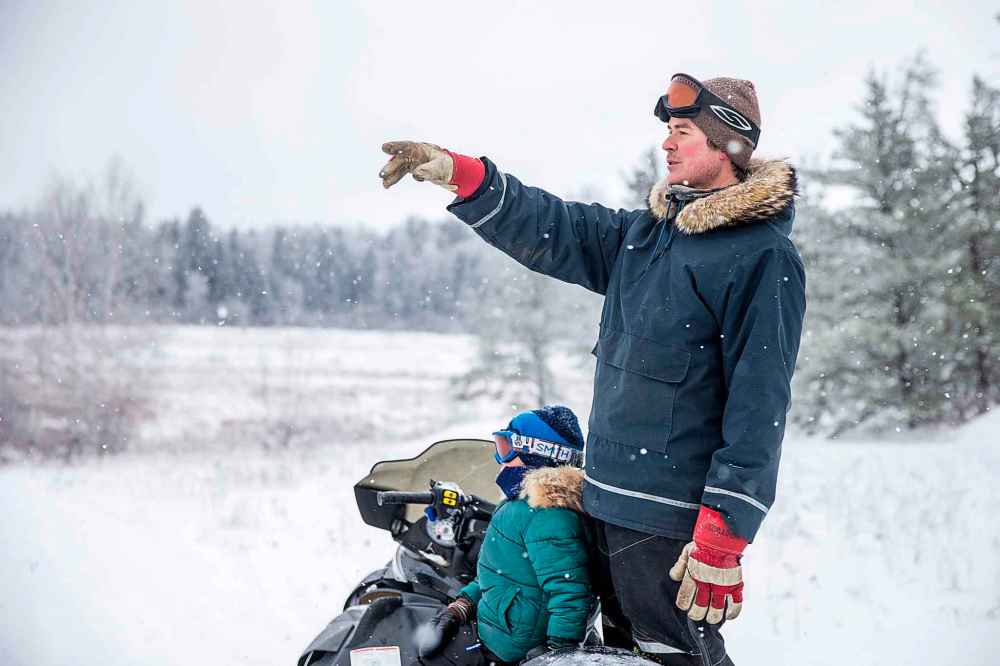
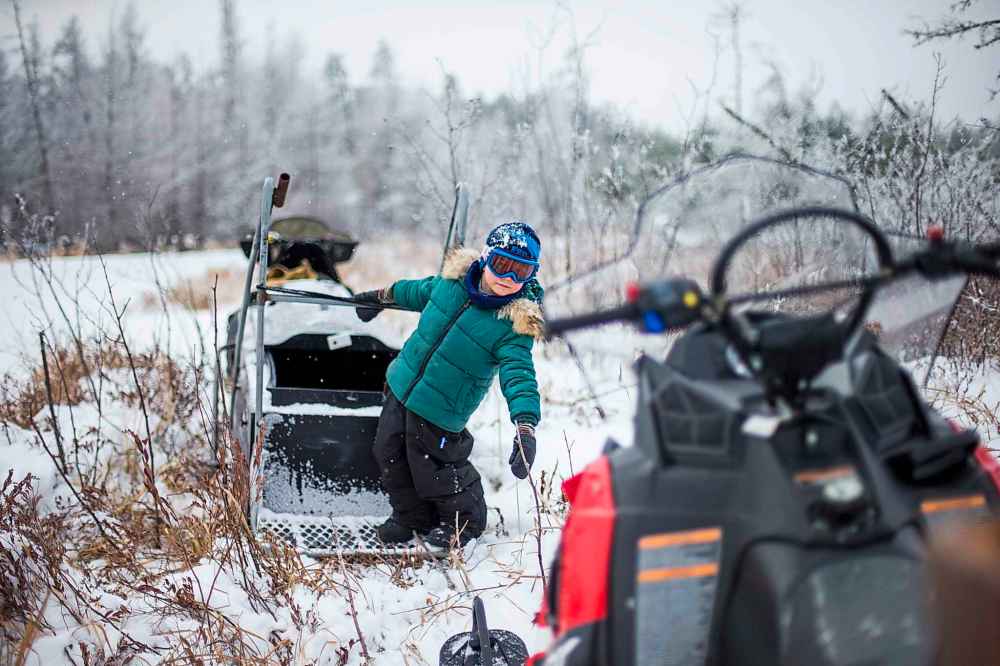
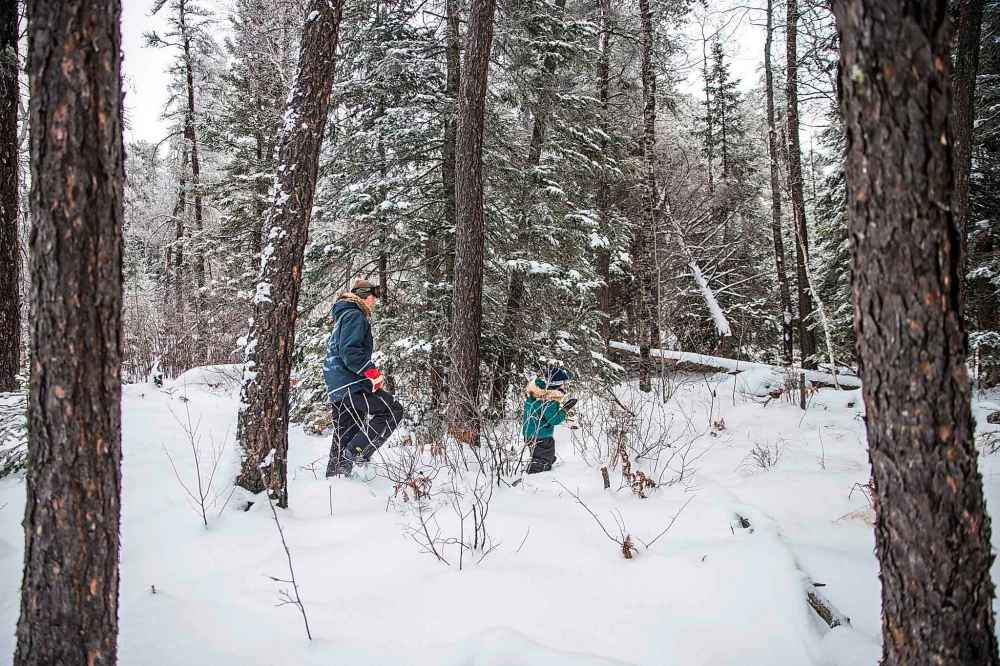

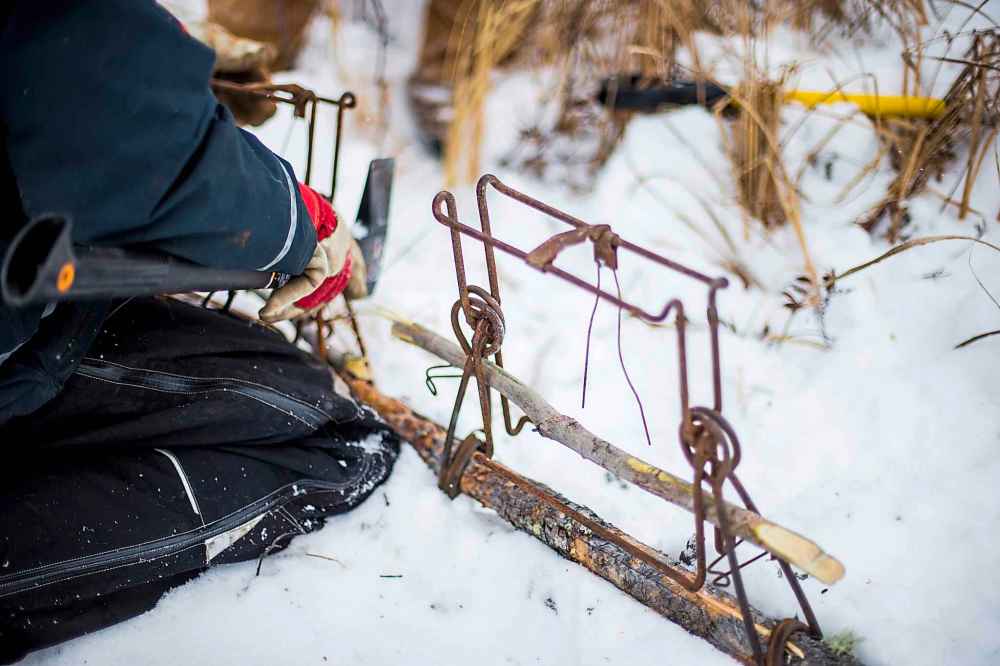
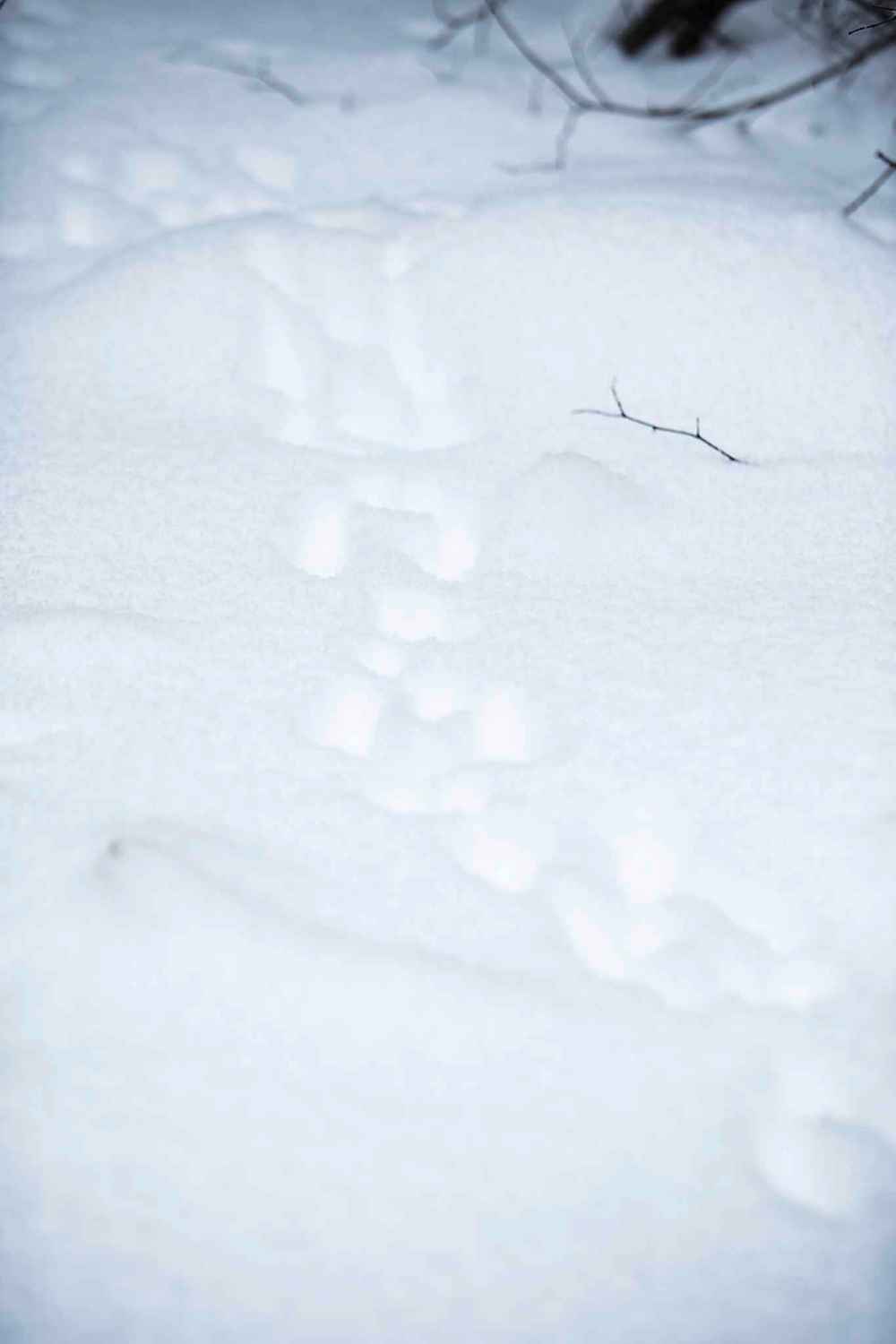
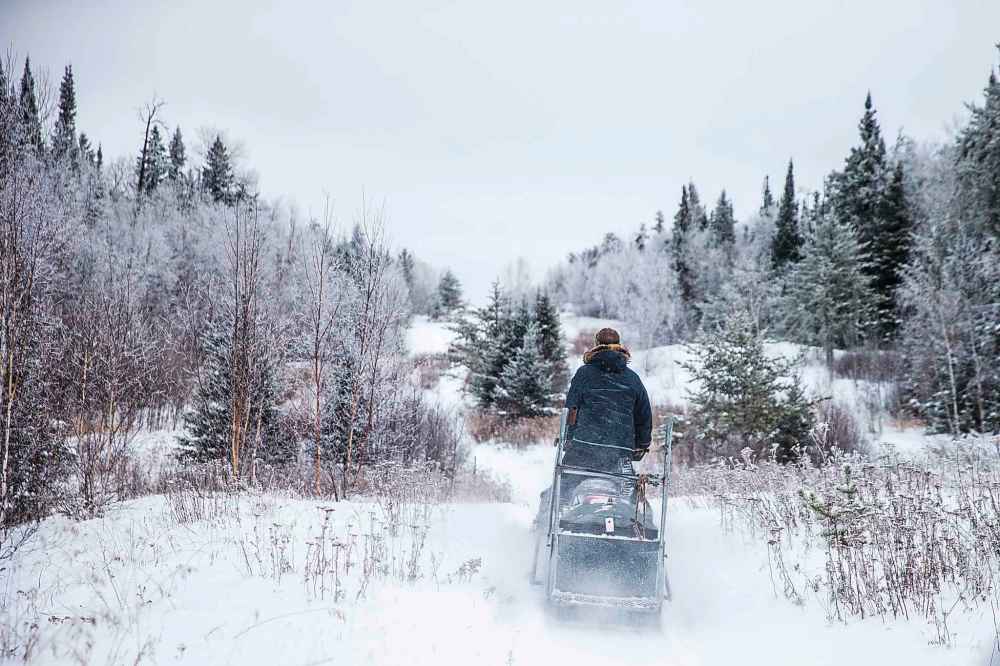

Our newsroom depends on a growing audience of readers to power our journalism. If you are not a paid reader, please consider becoming a subscriber.
Our newsroom depends on its audience of readers to power our journalism. Thank you for your support.



